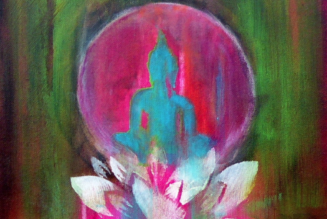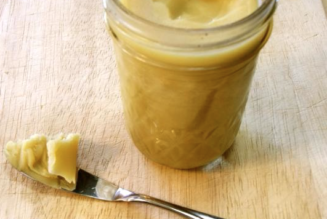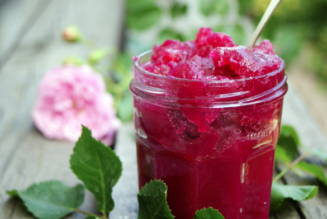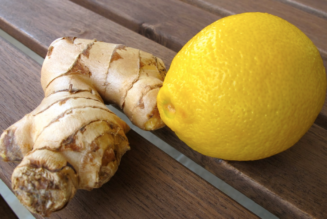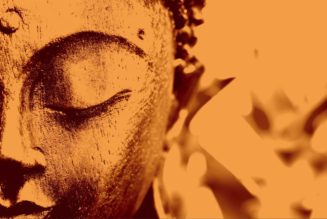Disclaimer:
All content included on this website (including, but not limited to, images, photos, graphics and text) is the property of ‘Healthy Ayurveda’ and ‘Vedic Sage’ and as such is protected by US and international copyright and other intellectual property laws.
The Ayurveda Guide ~ Kapha Dosha
Ayurveda recognizes that each human being is born with a unique balance and that this natural balance is responsible for physical, mental, and emotional well-being. By recognizing and maintaining this unique balance, Ayurveda provides simple guidelines to help each person create his or her own state of ideal health. For now, we will discuss kapha dosha.
When we think of kapha types we often think of loyal and compassionate individuals with a stable quality about them. This unique stability of kapha arises from the predominant elements of both water and earth which can also make kapha types vulnerable to cold, moist, slow and heavy characteristics. The primary site of kapha dosha is the lungs and stomach.
The Disease Process …
The ancient writings of Ayurveda describe “Samprapti” as the disease process which, if understood properly, can actually detect and address certain health conditions at each and every stage; i.e. addressing the root cause. According to this philosophy [i.e. samprapti/pathogenesis], there are six stages for the disease process.
The Six Stages Of Disease:
1. Accumulation Of Doshas – Sanchaya
2. Aggravation/Provocation Of Doshas – Prakopa
3. Spread Of Doshas – Prasara
4. Deposition/Localization Of Doshas – Sthana Samshraya
5. Manifestation Of Qualitative Changes – Vyakti
6. Differentiation & Destruction Of Tissue – Bheda
Stage One – Accumulation [Sanchaya]
During the initial stage of kapha imbalance the ‘heavy’ and ‘cold’ qualities begins to accumulate in the lungs and stomach which creates congestion within the lungs and a sense of fullness and heaviness. The heavy and cold qualities of kapha diminishes the digestive fire [“agni”] which is experienced as lethargy and a low appetite.
Qualities – Heavy & Cold
The “heavy” quality of kapha can be balanced by the opposing “light” quality. Therefore, kapha types will naturally find benefit by eating smaller “lighter” meals and should even consider fasting at times. Interestingly, kapha types will also benefit from honey [in moderation] in room temperature water as this helps to oppose the heavy quality of kapha and can even help to loose excess “heaviness” or weight from the body.
The cold quality of kapha comes from the predominating element of water. This can cause excess congestion, cough and colds for kapha types. Therefore, kapha types would benefit by introducing heating elements such as cumin, black pepper and ginger into their diet. Likewise, kapha types will do best by having more hot and spicy foods while avoiding food and drinks which are cold.
Stage Two – Aggravation [Prakopa]
As kapha dosha continues to accumulate with heavy and cold qualities, kapha soon becomes aggravated within the lungs and stomach with ‘liquid’, ‘slow’, and ‘dull’ qualities of kapha dosha. The aggravation of kapha dosha creates symptoms of excess mucus production, congestion and nausea … in addition to the above-mentioned symptoms of lethargy, sense of fullness, and low appetite.
Qualities: Heavy – Cold – Liquid – Slow – Dull
I think we all have, at some time, experienced the dull and slow nature of the body. This dull quality can make one’s thinking sluggish and can even make the body feel like a ton of bricks. This dull nature of kapha combined with the heavy quality [described above] can makes one’s metabolism slow and dull often making kapha types vulnerable to weight gain. This “dull’ quality of kapha is often best managed with the opposing “sharp” quality. An easy example would include stimulants such as caffeine, however, more preferable considerations would include herbs such as kutki, chitrak, brahmī, and even guggulu.
We can already begin to appreciate the management goals of kapha dosha which are centered around:
- Warming
- Drying
- Lightening
Tastes To Pacify Kapha
Ayurveda describes an interesting relationship of taste and its influence upon the body. According to this philosophy, kapha types are most balanced by pungent, bitter, and astringent tastes as these tastes are drying and lightening in nature with catabolic actions.
Kapha’s Secondary Sites:
As kapha dosha increases and begins to become further aggravated in the lungs and stomach [primary site], kapha also begins to increase in the secondary sites which may begin creating certain signs and symptoms associated with kapha dosha.
Stage Three – Spread [Prasara]
As kapha dosha continues to become further imbalanced the ‘oily’ quality now allows kapha to spread from the lungs and gastrointestinal tract into the general circulation. The aggravated qualities of kapha [i.e. heavy, cold, liquid, slow, dull, and oily qualities] which have entered the general circulation can affect blood tissue [i.e. rasa/rakta dhatu] creating signs and symptoms of lymphatic congestion, water retention, edema and generalized heaviness.
Qualities: Heavy – Cold – Liquid – Slow – Dull – Oily
Kapha, inherently, is considered oily and because of this oily quality it can lead to oily skin, high triglycerides, increased cholesterol, increased adipose tissue, and even fatty changes within the liver. It is best to balance this excessive oily quality with the opposing dry quality, for example, by eating raw vegetables. In the same manner, kapha types should naturally avoid fatty and fried foods. Lastly, kapha types benefit greatly by having warm water mixed with small amounts of honey.
Stage Four – Deposition [Sthana Samshraya]
This stage in the progression of kapha dosha is particularly significant because the ‘slimy’ and ‘sticky’ qualities of kapha allows for the adherence of kapha into weakened tissue [i.e. impaired dhatu agni]. If the integrity of each tissue is intact with optimal function [i.e. dhatu agni] – then kapha dosha will not be able to enter into tissue and will therefore return back to the stomach and gastrointestinal tract – where it belongs.
Stressing The Importance Of:
- preventing the progression of doshic imbalance
- maintaining healthy tissue integrity [agni]
Qualities: Heavy – Cold – Liquid – Slow – Dull – Oily – Slimy – Sticky
The slimy & sticky qualities of kapha dosha worsens the metabolic functions at the cellular level and therefore may lead to weight gain/obesity and swelling in joints. Rough is the opposing quality of sliminess of kapha dosha. Therefore, “lekhana” [scraping effect] with herbs such as kutki, chitrak, vacha, turmeric, rock salt, and honey which all have rough/drying qualities to help balance excess sliminess of kapha dosha.
Very Briefly …
Dhatus are similar to tissue. Dhatu comes from the word “dha” which means ‘to hold’. Therefore, dhatus are “that” – which hold certain functions; which is similar to our modern understanding of bodily tissue. We can think of dhatu agni as being the tissue’s protective barrier to disease. If this tissue barrier [dhatu agni] becomes impaired, this allows the qualities of kapha dosha to enter the tissue and begin to create clinical signs and symptoms of disease.
Stage Five – Manifestation [Vyakti]
During this stage of the disease process [i.e. vyakti] the qualities of kapha predominates, overcomes the qualities of the tissue/dhatu and now the full manifestation of disease occurs.
Qualities: Heavy – Cold – Liquid – Slow – Dull – Oily – Slimy – Sticky – Soft – Cloudy
As Kapha Dosha spreads throughout the body and enters various bodily tissue [i.e. dhatu] it manifests as characteristic signs and symptoms such as …
- Impaired Rasa Dhatu allows for the qualities of kapha to enter into rasa dhatu [plasma] creating symptoms of lymphatic congestion, edema/swelling, and excess mucus production.
- Impaired Rakta Dhatu allows kapha to enter rakta [blood] dhatu [rakta gata kapha] which may lead to stagnation of blood, thrombosis [i.e. DVT], and worsening edema.
- Impaired Mamsa Dhatu allows kapha to enter mamsa [muscle] dhatu [mamsa gata kapha] and create symptoms of muscle hypertrophy, myomas, increased production of ear wax and nasal crust which are by-products of mamsa dhatu.
- Impaired Meda Dhatu allows for kapha to enter meda [adipose] dhatu [meda gata kapha] which can slow metabolism, increased weight gain/obesity, high cholesterol and the formation of lipomas.
- Impaired Asthi Dhatu allows for kapha to enter into asthi [bone] dhatu [asthi gata kapha] which can create symptoms of joint swelling, formation of bone spurs, osteoma, and excess hair [hair being a by-product of asthi dhatu].
- Impaired Majja Dhatu allows for kapha to enter into majja [nerve/bone marrow] tissue [majja gata kapha] and may create neurological symptoms of depression, lethargy/melancholy, and even space-occupying lesions.
- Impaired Shukra/Artava Dhatu allows for kapha to enter into shukra/arthava [male & female reproductive] dhatu and create symptoms of various male and female health concerns.
IMPORTANT!!
The above-mentioned signs and symptoms is ONLY for educational purpose, not exhaustive and only listed to give brief examples to understand the doshic influences upon bodily tissue/dhatu.
Stage Six – Complications [Bheda]
In this final stage of the disease process, the ‘hard’, ‘dense’, ‘gross’ qualities of kapha leads to further complications creating significant structural changes of the already weakened tissue. Here, the individual should seek immediate care of a qualified professional.
Qualities: Heavy – Cold – Liquid – Slow – Dull – Oily – Slimy – Sticky – Soft – Cloudy – Hard – Dense – Gross
Panchakarma
Once the doshas have begun to significantly cause an imbalance or disease, it soon becomes necessary to consider certain purification techniques to cleanse the body of excess doshas. This purification process is called “panchakarma” which involves five cleansing actions.
Panchakarma is an Ayurvedic purification system which helps to remove impurities and toxins from the physiological channels of the body. With proper purification of the body springs forth greater cellular intelligence allowing for optimal functioning of the body as a whole.
The Five Purifying Actions Of Panchakarma:
- vamana: therapeutic vomiting
- virechana: purgative or laxative therapy
- basti: medicated enema therapy
- nasya: nasal administration of medicated oils
- rakta moksha: blood-letting; purifying blood
Click Here – To Learn More About Panchakarma
Disclaimer:
All content included on this website (including, but not limited to, images, photos, graphics and text) is the property of ‘Healthy Ayurveda’ and ‘Vedic Sage’ and as such is protected by US and international copyright and other intellectual property laws.
This information is strictly for educational purpose only and not considered medical advice. Always first discuss with your primary care physician before considering any new health regimen.
Resources:
Ayurvedic Perspective On Selected Pathologies, Vasant Lad, BAMS – 2nd Edition Revised
Textbook Of Ayurveda Vol. 3, Vasant Lad, BAMS
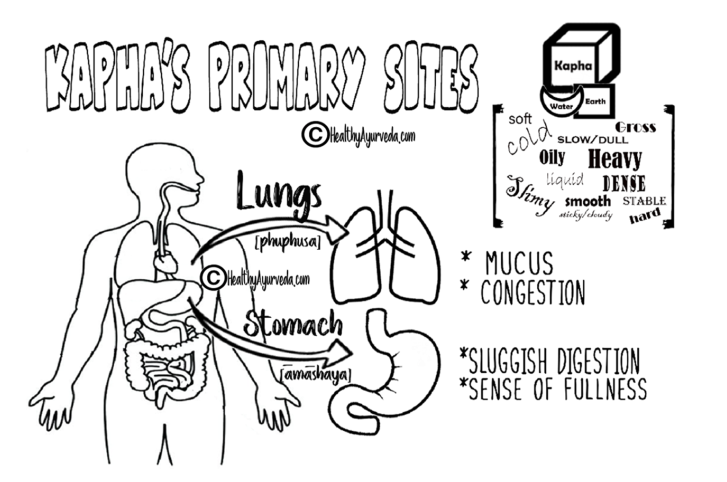

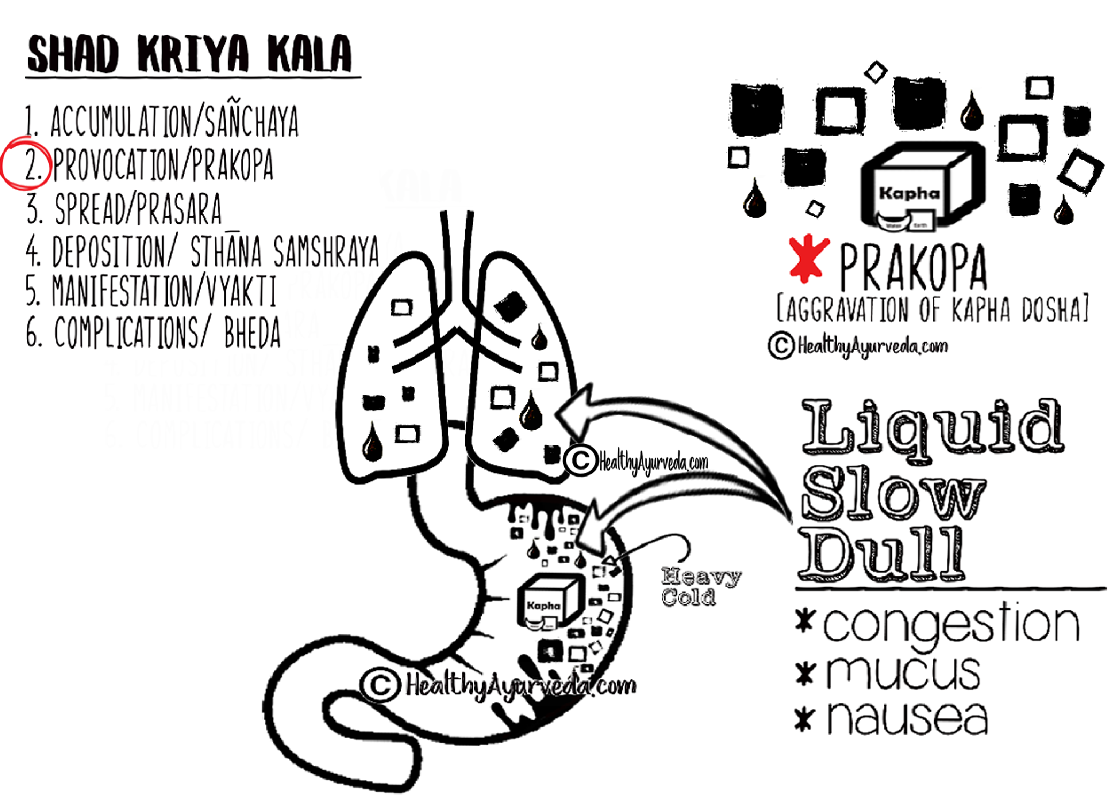
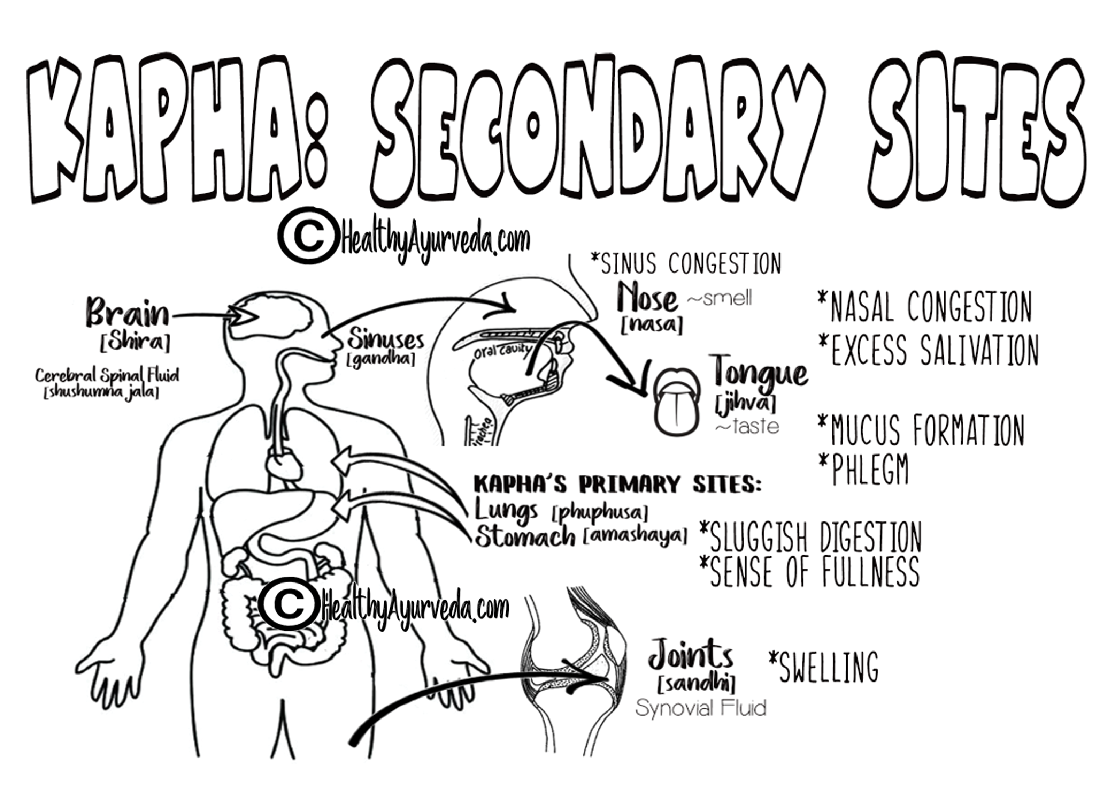


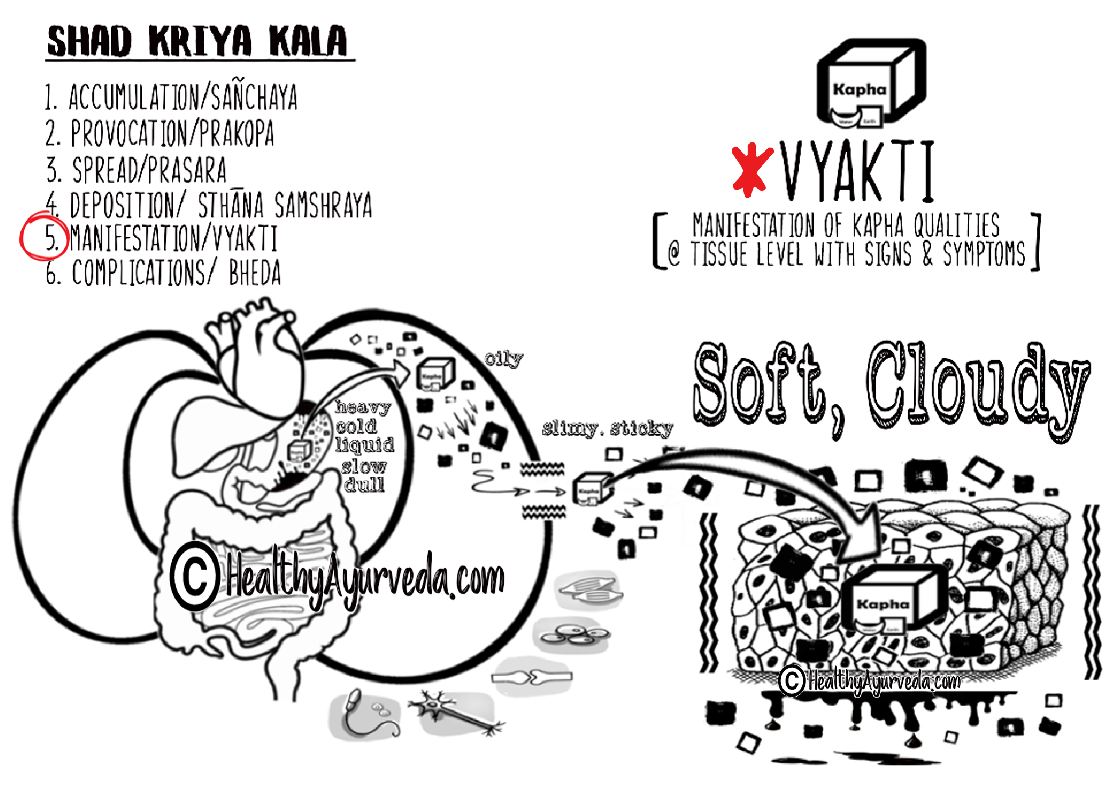
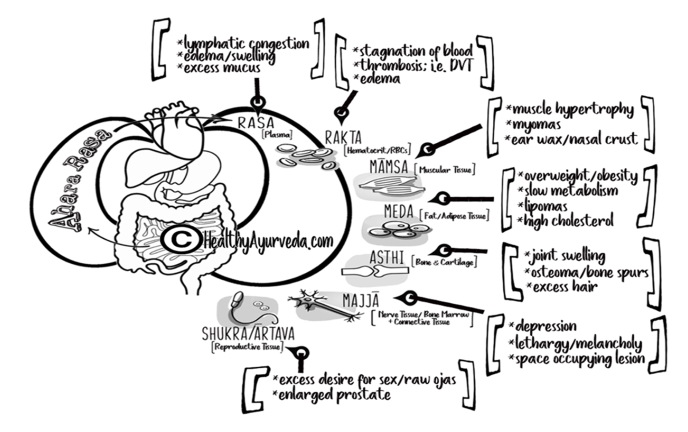
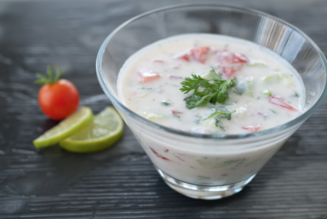
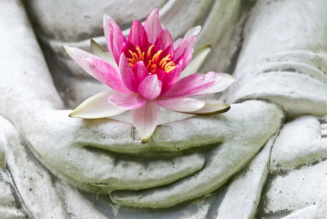
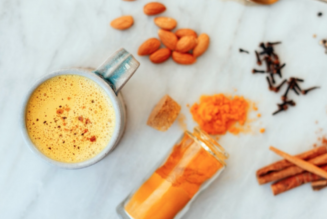
![Female Health: Amenorrhea [cessation of menses] – An Ayurvedic Perspective](https://healthyayurveda.com/wp-content/uploads/2015/07/1.-Amenorhea--327x219.png)
